
Part 1 of The story behind “Taiwanese Feet: My walk around Taiwan”
Finally! After 83 days of walking spread out over eight years, I finished my walk around the entire coastline of Taiwan. Day after day, I marched along beaches, trails, roads, seawalls, or rocky shorelines. I got broiled by the sun, buffeted by the wind, attacked by dogs, and almost hit by flying rocks. At various times I felt exhausted, bored, sad and lonely, or amused and fascinated, and was inspired again and again by the beauty of the island. I got to know the coastline extremely well, forged a deeper personal bond with Taiwan, and enjoyed a confidence boost from the achievement.
Then came the next part of my journey, spanning another six years: turning my original blog record of the trip into a readable book. This took hundreds of hours of online research to get deeper background knowledge of the natural, geological, and human history of the island, as well as further hundreds of hours of writing, rewriting, and editing on my own – not easy, as this was my first book. On top of this were endless emails and phone calls with the book team, discussing the editing, layout, and graphics, followed by me, with no artistic training, hand-drawing four maps. Then, at long last, my self-published travelogue “Taiwanese Feet: My walk around Taiwan” was finally born. Oh yes, it felt good, and still does!
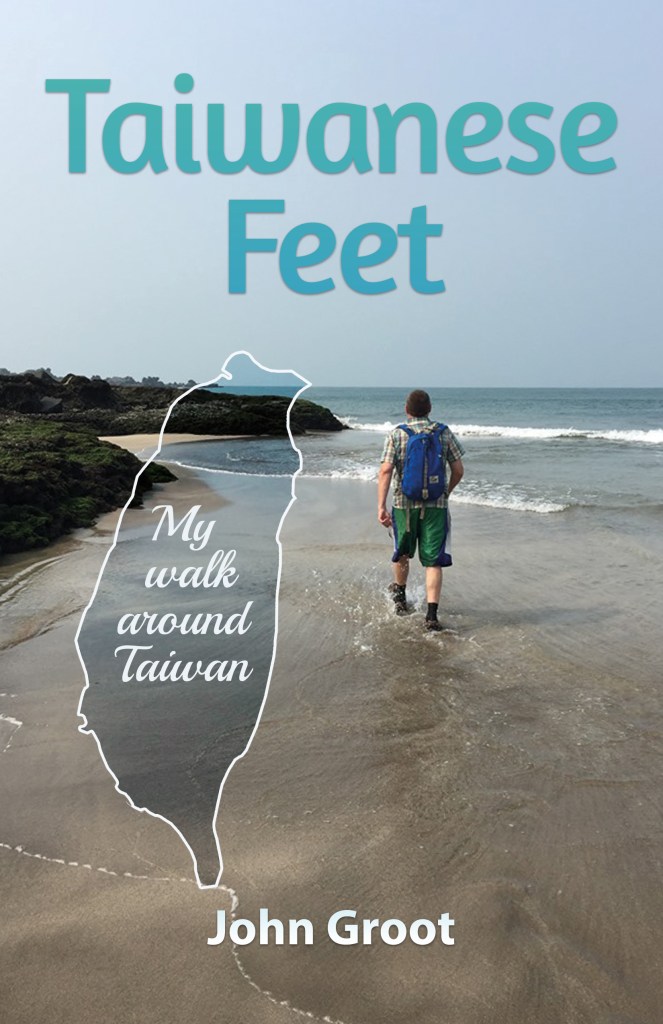
So there were two journeys, each one difficult yet fascinating in its own way. But it was contemplating the relationship between the two that gave me the deepest insight into my own life. By actually writing an adventure story, after having read so many over my lifetime, I realized how closely this behavior we call travel is linked to storytelling. It’s not the only source of infection, but travel literature – as well as traveler’s tales in other forms – is a carrier of the contagious travel bug, for which there is no known cure. The first symptom is the escapist pleasure of consuming the tale, which seems more interesting than the mundane life around you. This then progresses to day-dreaming, in moments of boredom, of exploring distant, exotic lands. In the final stages you get unbearably itchy feet, and there’s only one form of relief: off you go. That’s what happened to my dad, who grew up reading stories from around the British Empire as a boy, and then traveled all over the world when he grew up, taking his family with him. This got most of us infected (two of five kids were immune), and set me on my own life of travel, aided and abetted by the literature that constantly fueled the fire in my imagination to see The World. Somehow books were better for that than TV or movies; I don’t know why. Much later it became my turn to write about my own adventures. And if one person decides to travel because they have read my stories, I’ll have come full circle.
This chain of realizations was the end of the process. Now here’s the story of the beginning, of how my walk around Taiwan and the book about it – Taiwanese Feet – came to be. As it turns out, both of these journeys started the day I decided to come to Taiwan.
September 22nd, 1999: I was living in Montreal, Canada, and seeing TV news reports about Taiwan’s massive 9 21 “Jiji” Earthquake, I called my good friend Sarah, who had been living in Taiwan for several years. Fortunately, she was fine: rattled by the quake, but unharmed. I had seen her just a few weeks earlier, when she came home for a visit during her summer break from teaching at the Taipei European School. She told me then that she thought I would love Taiwan. Her obvious happiness with life there was a strong recommendation, but it was her stories and descriptions that intrigued me. I wasn’t ready to jump just then, but the seed had been planted.
Of course, I wasn’t exactly a tough sell. Before I arrived here in the early days of the 21st century, I had been ready for another foreign adventure for some time. It was in my blood. By my mid-30’s I had accumulated more travel experience than most of my friends, largely thanks to my dad, who had a bad case of wanderlust. He had done quite a bit of traveling as a young man, first to Karachi (then India, now Pakistan) with the RAF just after the end of World War II. Naturally, as an Englishman, he went over to do his bit for the Empire, although he joined up during the sunset of that great and terrible thing. But I am certain he would have been very curious to see it. I can imagine him as a teenager, hungrily reading accounts of Captain James Cook meeting Polynesians in the South Pacific, Stanley and Livingstone in the jungle, or battles between Shaka Zulu and the red-coated British regiments. And perhaps he’d read boys’ stories of tigers, jewels, and suttee in the Raj, tea and opium traders braving typhoons and pirates in the South China Sea, or fur traders killing bears and bargaining with the Iroquois in Canada. Such was the literary legacy of the British Empire, and my father, an avid reader, was always a sucker for “a rattling good yarn”.
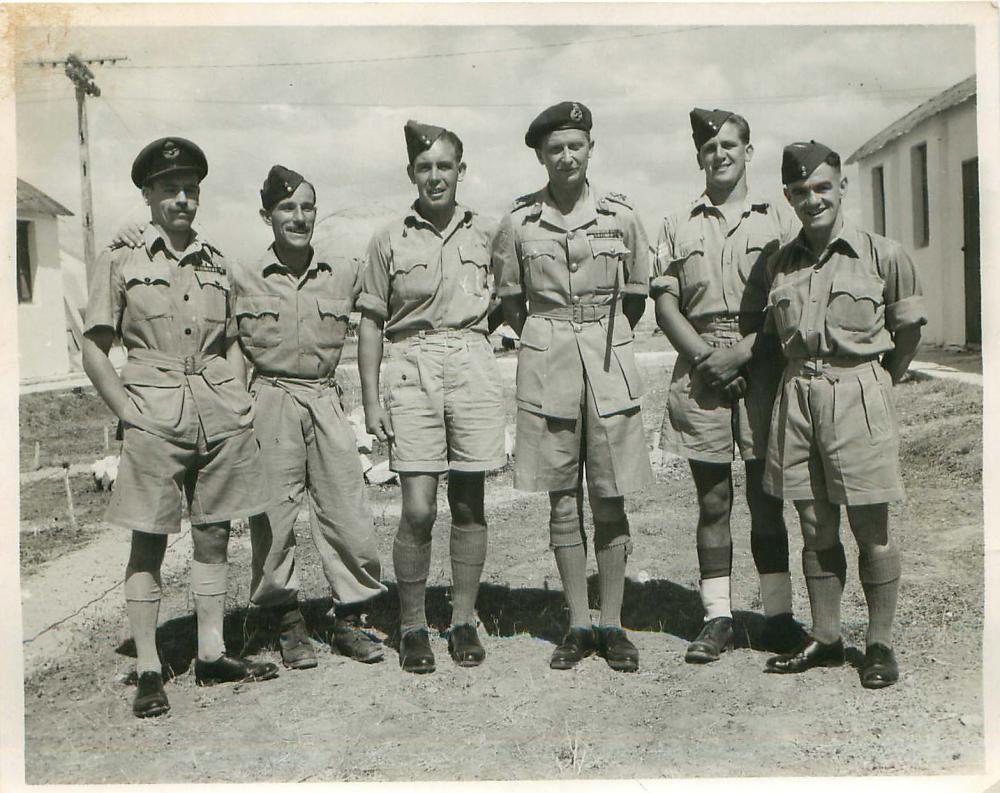
After he came back from Karachi, he never stopped traveling. First there were the motorcycle trips to southern France with his mates from university. Then, work as an engineer in Scotland, and later still emigrating from England to Canada with his Scottish wife – my mom – to start a family. But this stone (and my dad was as steady as a rock in most ways) kept on rolling. In 1975, when I was 10 years old, he took the whole gang off to Lesotho – a small mountainous land-locked nation enclaved in South Africa – where he had gotten a job working as an engineer for a Canadian government “Third World” development project. His own parents and his older sister had also emigrated from the UK, but instead of going to cold-ass Canada, they’d opted for warm South Africa during the apartheid era. From my dad’s perspective, the job in Lesotho meant a stable way to have a travel adventure, as well as a chance for the two branches of his family to interact.
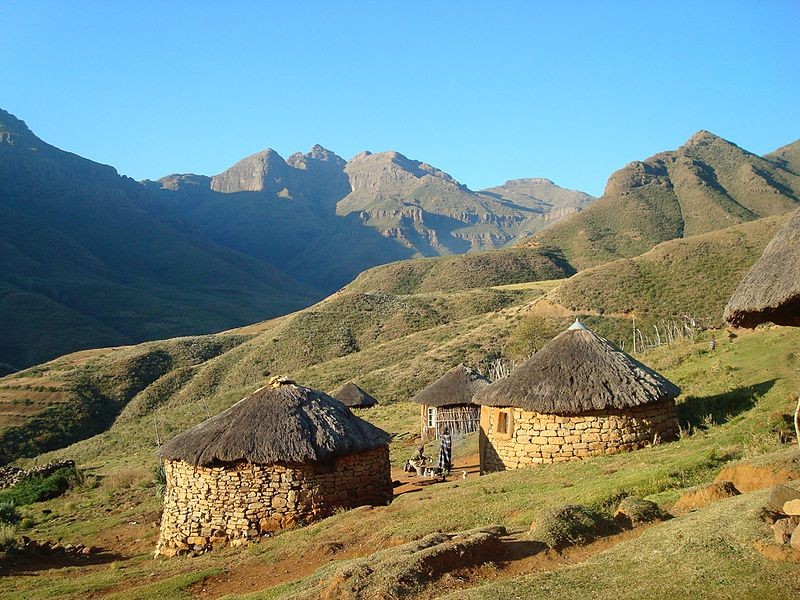
It was pretty exciting for all of us. I remember hiking the barren Lesotho hills with my dad and brothers, going to a very stiff British-style middle school, and then after class, running wild with my squad of multicultural mates, executing pigeons and mambas with our pellet rifles. There was also tennis and swimming – or occasionally sneaking into the movies – at the posh Maseru Club. At Christmas, our family would pile into the Kombi and do the all-day road trip to Durban, first through earth-toned rangeland, then next to the stunning Drakensberg Mountains, and finally, at night, winding down the long slope into the lush, humid, coastal belt with its smell of the sea and multitude of flowering trees and bushes. There lived my Aunt Mary, her husband, and their kids, as well as my grandparents. These were my best Christmases ever: Meeting new family, braaing by the pool, checking out the Indian markets of Durban, and playing in the waves on the white sand beaches of Zululand. But we all definitely felt the apartheid energy too, a kind of precise racial segregation that was clinical and surreal.
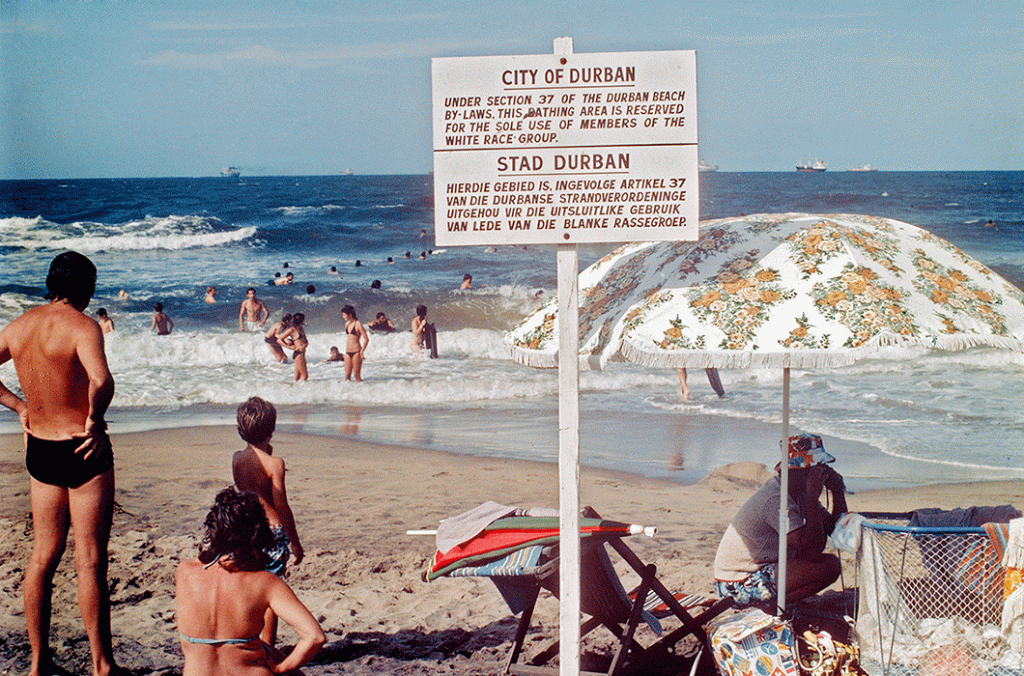
We went to other fascinating places as well. In South Africa, we visited Kruger National Park, one of the world’s best game reserves. I was totally dazzled by the incredible variety of antelopes around every curve in the road. Then one day, it was time to go back to Canada. But the trip wasn’t over yet: On the way home we stopped off in Kenya for a turf and surf holiday: first Amboseli National Park in southern Kenya, an amazing place. I recall one timeless moment there. From a hilltop, early in the morning, I could see Mount Kilimanjaro in the distance, and all around me were dozens of dust-covered elephants, like huge red marbles with ears, moving through the bright green brush. I also saw lions mating next to a zebra carcass, which was quite an impressive spectacle. Then the surf: happy family beach life at the Two Fishes Hotel on the stunning Indian Ocean coast near Mombasa. For dessert, we saw Israel and, after that, a few days with my mom’s side of the family in Glasgow and Inverness. Finally, we landed in Ottawa, at that time a stodgy government town, where I was treated to reverse culture shock, being a newcomer at school, and a cold, cold winter. Ooph!
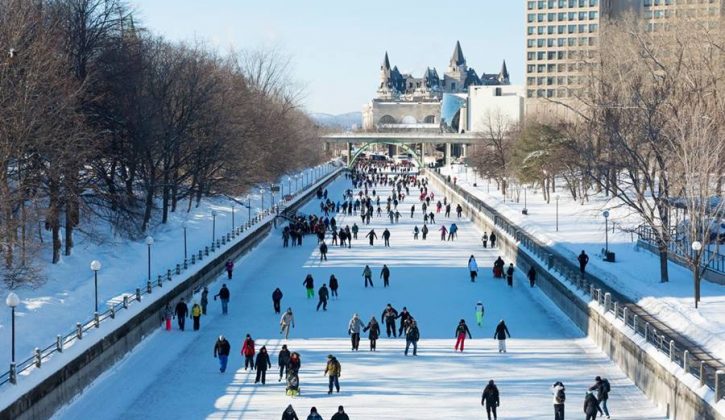
My next Groot Escape came about 10 years later. I spent six months in India, where my parents had moved. With the kids grown up, my dad had taken a job there. I traveled with parents, or more often solo, around this incredible place, thoroughly enjoying the carnival of intense sensations and impressions: riding in madly honking 3-wheeled motorcycle taxis through chaotic streets, being wowed by the Taj Mahal, tripping out on the fantastical religious multifariousness of Varanasi, sipping sundowners on the beach in Goa with free-spirited European travelerettes, and checking out the old market streets and colonial bling of Delhi and Calcutta. And of course, there was the quintessential travelers’ experience in India, taking the train: hours of relaxed people-watching, gazing out at ever-changing landscapes, and then the rude but amusing confrontation with the madness of an Indian railway station. On the other hand, there was certainly a very dark side to India: homeless families, squalid slums, public defecation, horrible air and water pollution, and incessant beggars. These all took quite some getting used to. But throughout my journey in these strange lands, (before the invention of the World Wide Web) the Lonely Planet guide became my Bible. I always brought the Good Book with me!
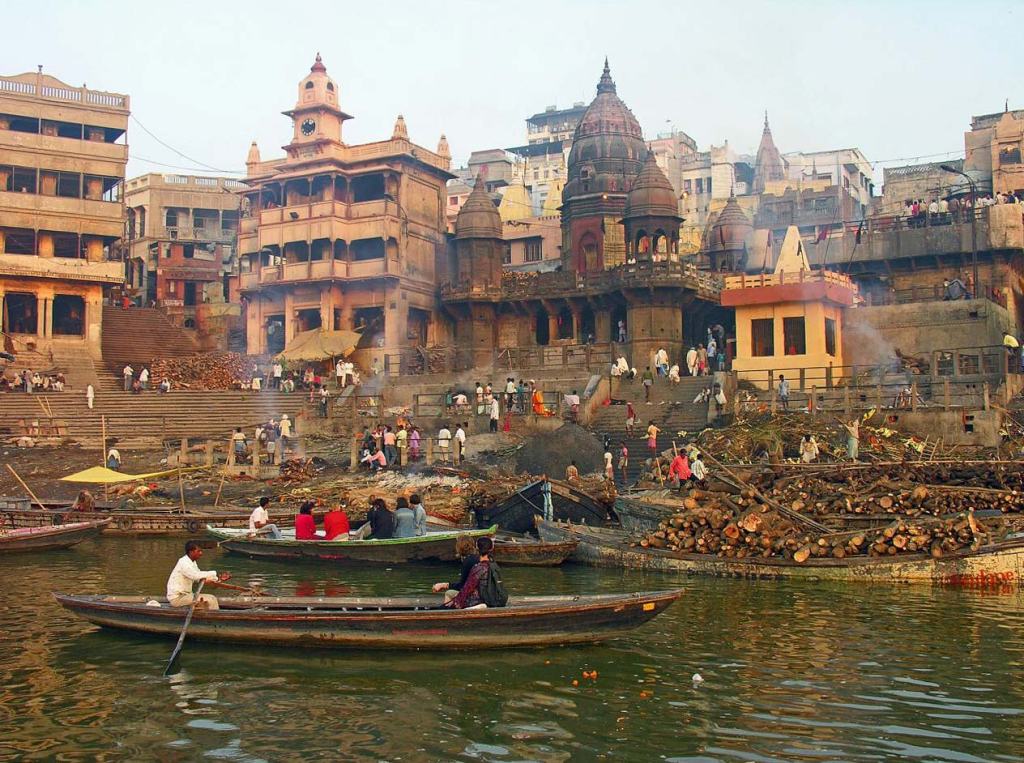
At the end of this, skinny, tanned, and ready for some “normal”, I arrived back in Canada in the dead of winter. It was back to the grind for a while, and then a few years later I was off to Venezuela for three months, where my sister had moved and started a family. I made full use of my time, hiking the misty Andes, riding up the Orinoco in a motorboat to visit indigenous communities in the rainforest, relaxing on the beaches of the Caribbean coast, and enjoying my first taste of Latin American culture: the spontaneity and warmth of the people, the passionate backbeat to life, and the interesting new food – all set against the crime, inequality, and corruption that plagues this beautiful country. Again, the Lonely Planet was my faithful guide.
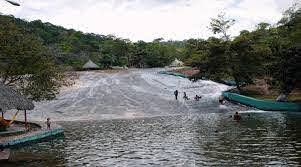
And then back to Canada again, all grown up now. I moved around a bit between east and west, trying to find myself. Although I had some exciting projects and wonderful human relationships, I was more turned on by my adventures away than by my normal life. I loved Canada, but often felt uninspired there. I had to face facts: I was a travel junkie. And in confronting that, I did find myself, in part at least.
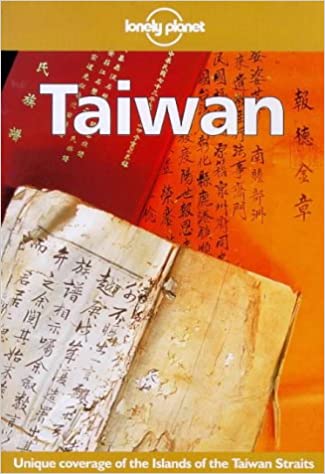
So, what to do about it? By then I had started to become very curious about the “Far East”, i.e. East Asia and Southeast Asia. I hadn’t been there for one thing, and it seemed like a very important region not to miss out on, if one wanted to see The World. I’d read a fair amount about China and Japan, a mix of academic stuff and historical novels by James Clavell. I had heard stories about English teachers living the good life in Japan, but also reports that the scene was in decline. China still hadn’t quite fully opened up at that time, but Taiwan was newly on my radar thanks to Sarah, and sounded like a solid choice. The final push came when I got a copy of the 1998 Lonely Planet guide to Taiwan by Robert Storey. His lively and vivid descriptions of the island really appealed to me, and gave me a sense of where I would be heading. Considering my past experiences with Lonely Planet, it was a good omen. So, on to Taiwan! This time there were no family or friends waiting for me; Sarah had moved on, and so had my dad, permanently. This trip would be solo, like so many I had read about. I just made my basic plans, got onto the plane, and soared off into the night over the wide Pacific Ocean, toward my new life, whatever that would be.
To be continued …
Coming soon! Part 2 of The story behind “Taiwanese Feet: My walk around Taiwan”
Interested in the book? Check us out on Facebook. https://Facebook.com/Taiwanese.Feet/
Or look for us on Amazon

Nice read. Looking forward to more stories (and adventures).
LikeLike
Cheers mate!
LikeLike